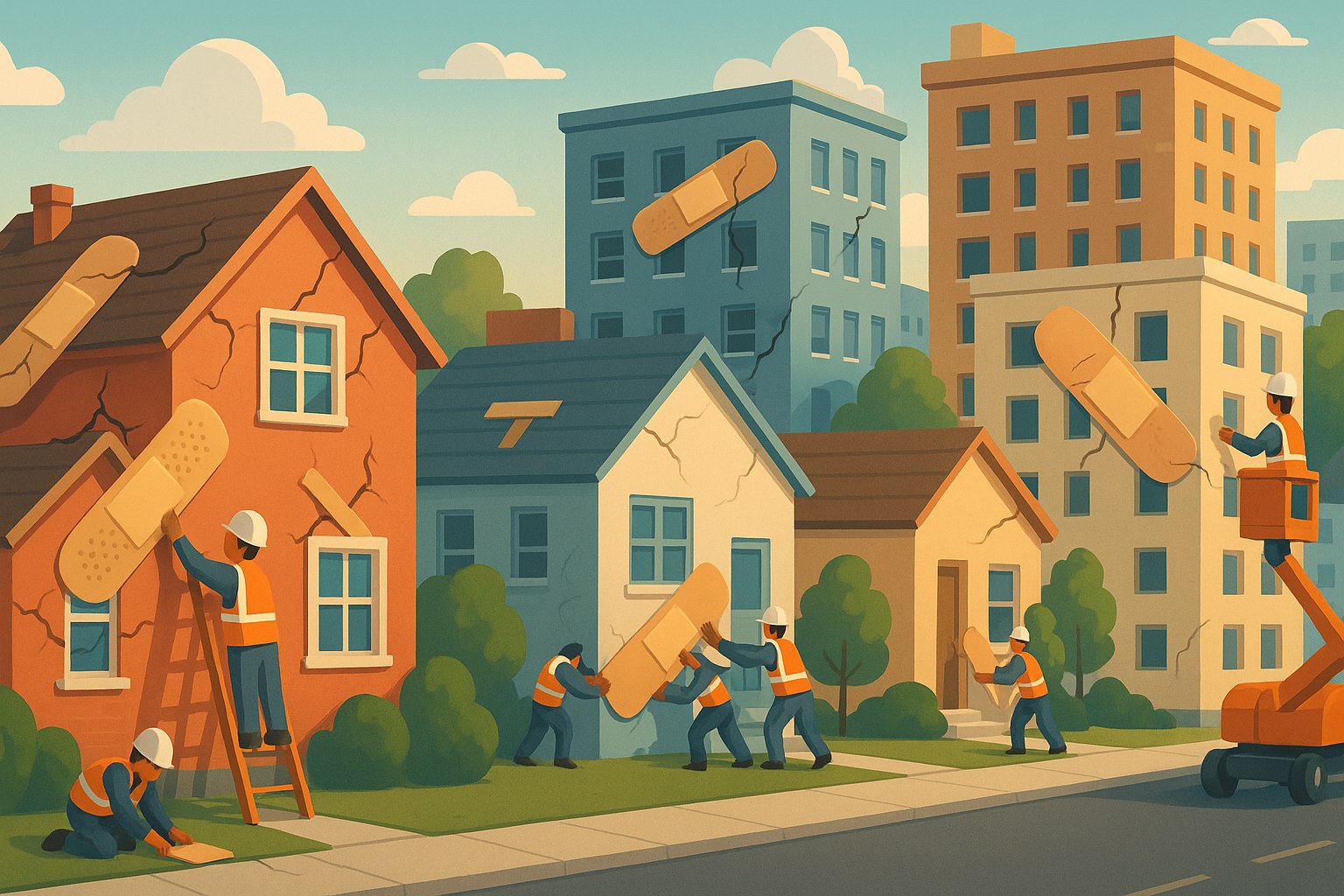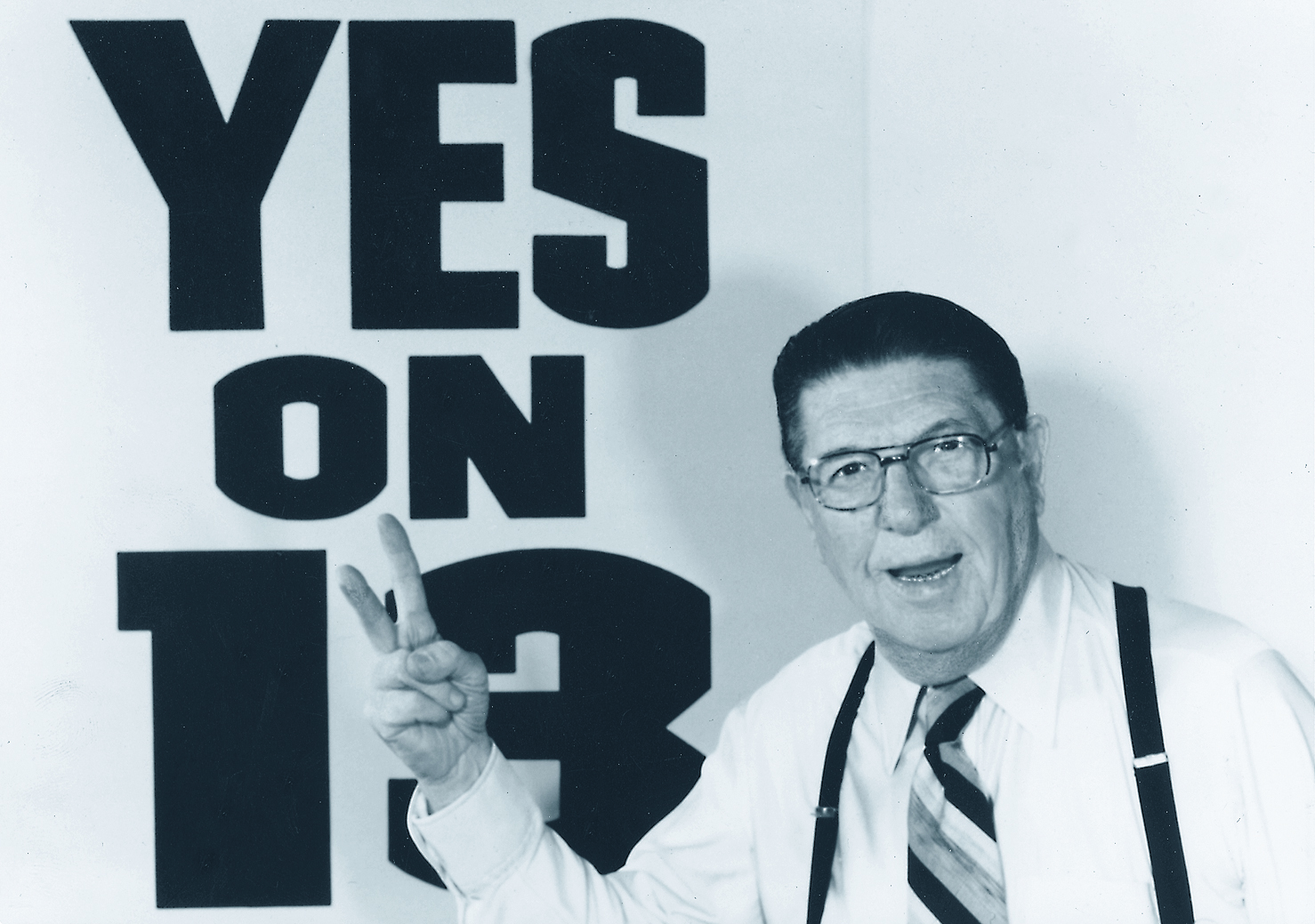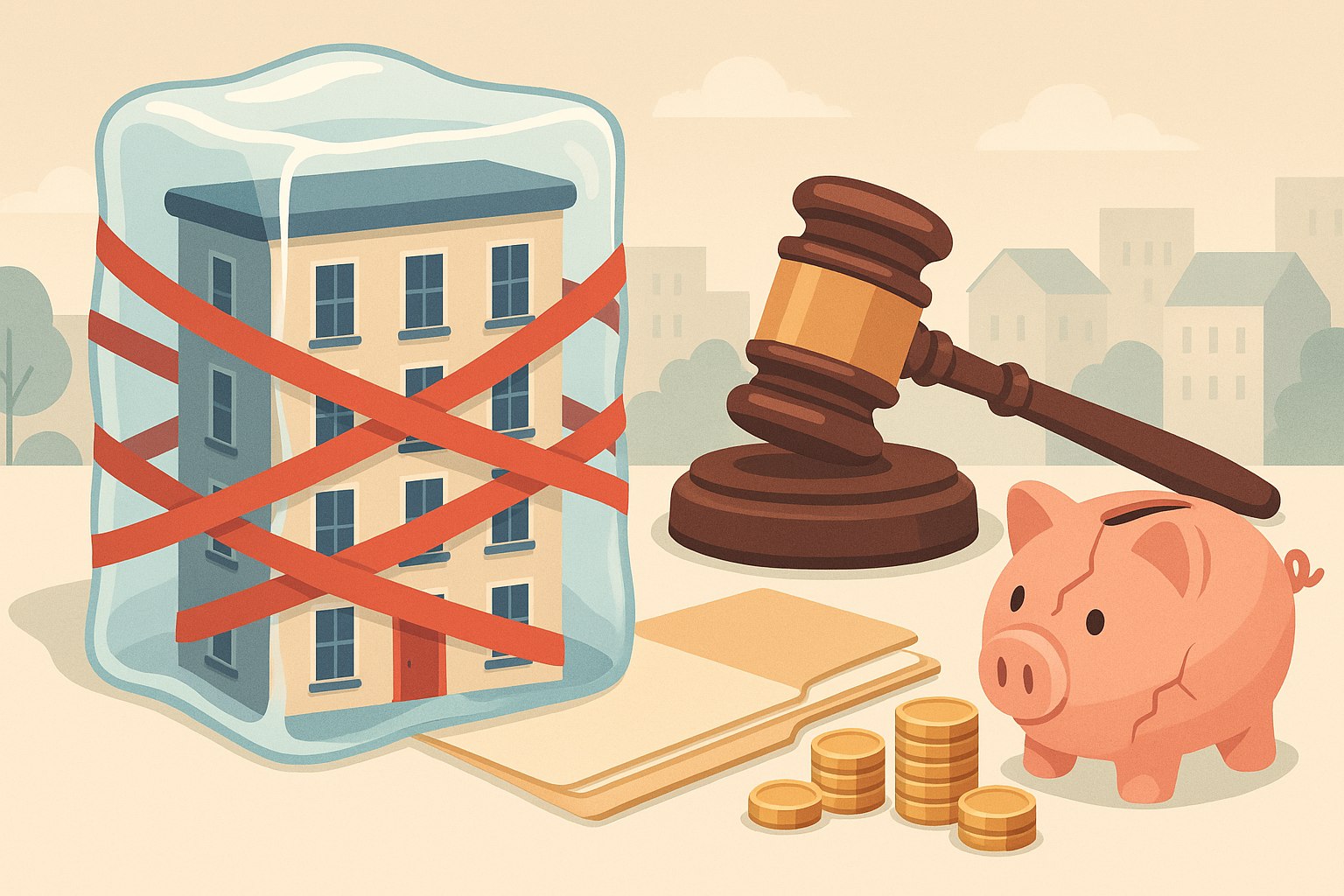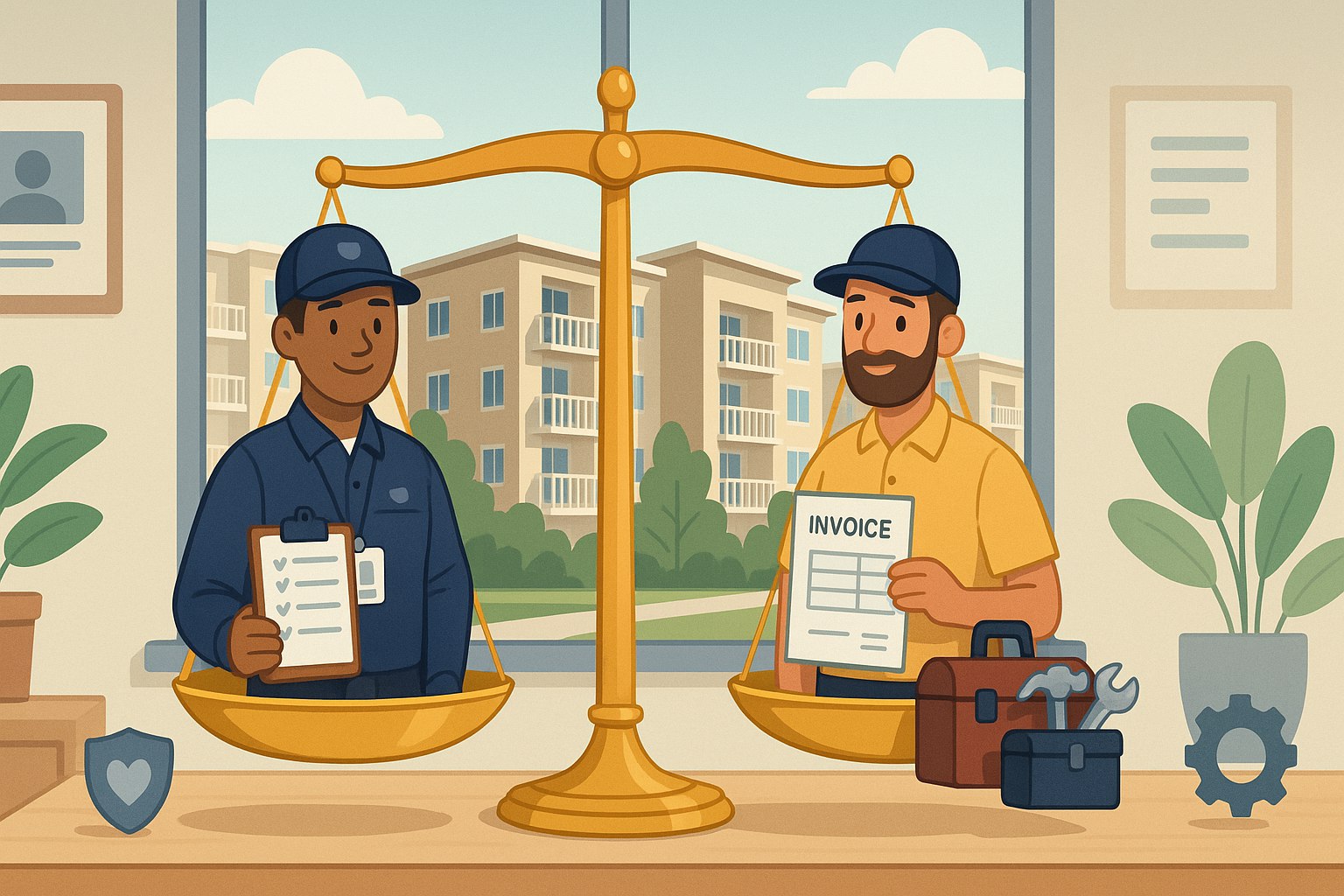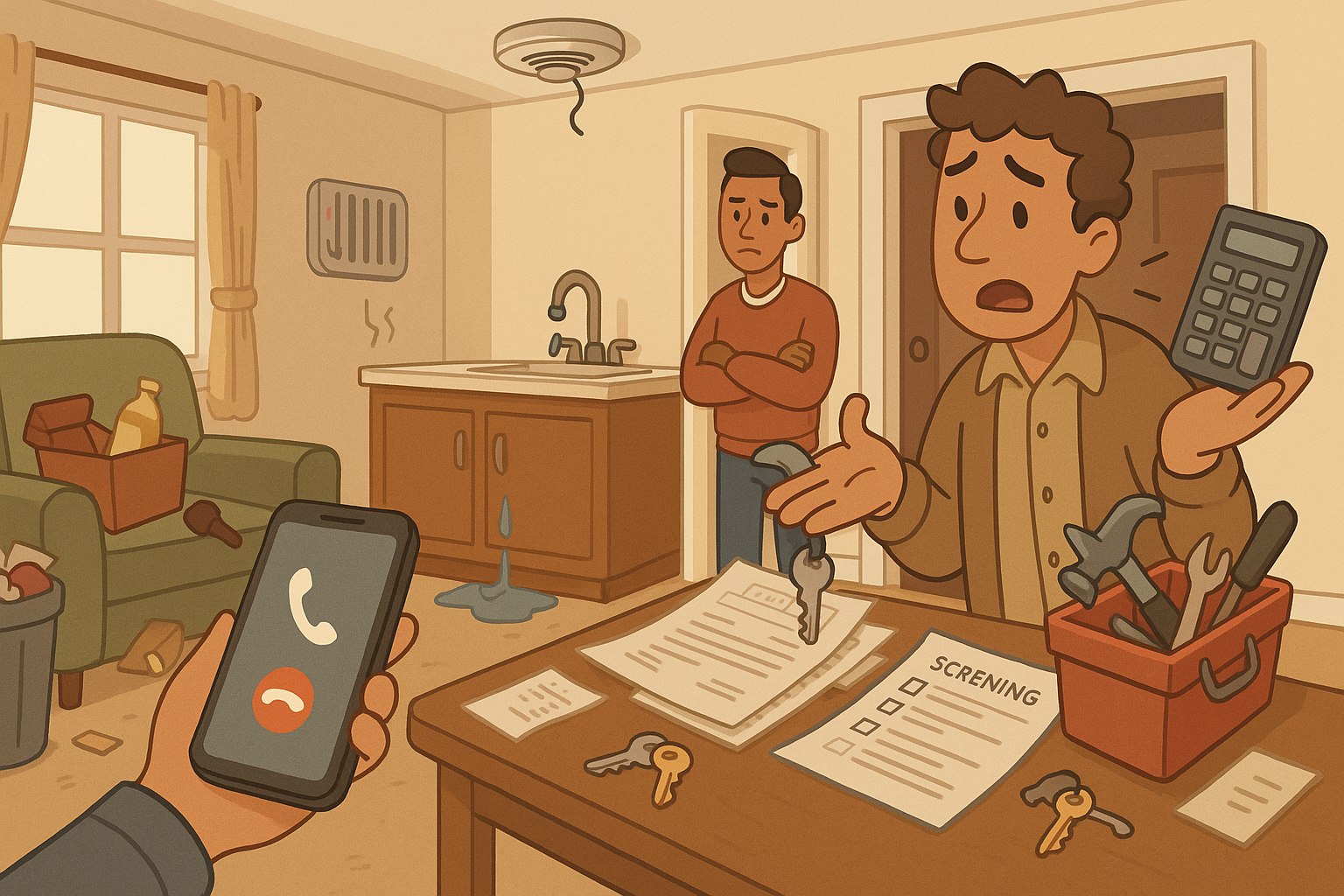California Bussinesses are Under Attack
By: Matthew Swift
ADA LAWSUITS – CALIFORNIA’S LEGALIZED EXTORTION
In March, 2010 the U.S. Chamber of Commerce released a study showing
California’s lawsuit climate as one of the four worst in the nation, this completes
a minimum of eight consecutive years in which California has hovered between
44th and 46th place in this study, a fact that has lead to a significant impact in the
state’s business community. In a separate study, also released in 2010, the U.S.
Chamber Institute for Legal Reform ranked California 46th in the nation for “legal
fairness”.
While there are no Federal or State regulatory agencies that enforce Title 3 of the
Americans with Disabilities Act, it can be enforced through a lawsuit (Section 308
of the 1990 Americans with Disabilities Act), and in California that means the right
to sue for the ADA improvements necessary to remove any physical barriers to
accessibility, monetary damages for each violation cited, and all associated legal
fees. California is one of only two states in the country that provide for monetary
compensation, and in a move that is likely to lead to even more lawsuits filed
under the 1990 Americans with Disabilities Act and California’s disabled access
laws, the California Supreme Court unanimously ruled on June 12th, 2009 that
plaintiffs do not have to prove “intentional discrimination” to recover the
$4,000.00 minimum statutory damages, per occurrence, under California’s Unruh
Civil Rights Act.
Which businesses are being targeted?
Regardless of the size of the business, all “places of public accommodation” are
required to comply with ADA regulations. In the past decade over 8,000 lawsuits
have been filed in California’s Federal Court system, and it is estimated that
more than double that number have been filed in the State Court system. In one
example, a single plaintiff had filed more than 400 ADA lawsuits.
With the growing media attention, it is probable that the number of plaintiffs
filing “drive-by” lawsuits will continue to increase, and with no limit to the
number of suits each plaintiff can file, for many businesses it is only a matter of
time before they are sued. On April 13, 2010 Fresno’s local ABC affiliate (KFSN)
lead the news with a story of one plaintiff that had filed lawsuits against over 50
Central Valley businesses, ranging from small diners to entire shopping centers,
causing at least one (El Gallo Mexican Restaurant in Clovis) business to close its
doors. However, it isn’t just restaurants and shopping centers that are being
targeted; there is growing trend toward Apartment complexes.
The Unruh Civil Rights Act provides protection from discrimination by all business
establishments in California, including housing and public accommodations,
and the Federal Fair Housing Act (officially known as Title VIII of the Civil Rights
Act of 1968) prohibits discrimination in the sale, rental, or financing of housing
units. In addition, the Fair Housing Amendments Act that became effective in
1989 amended Title VIII to prohibit discrimination based on disability or familial
status and added new enforcement mechanisms, while expanding the Justice
Department’s jurisdiction to file cases in federal court on behalf of victims.
How do I minimize the risk of litigation?
Act Now!! Successful businesses stay ahead of the curve, and taking proactive
steps to remedy future issues is a vital part of protecting revenues. The cost of the
necessary renovations is unavoidable; however, the minimum of $4,000.00 per
barrier plus legal fees can be avoided. Here are some steps that will minimize the
risk of litigation while maximizing the value of each dollar spent:
• Exterior: Get a comprehensive ADA evaluation for the facility that covers
from the public sidewalk (where applicable) to the main entrance.
Remember, “drive-by plaintiffs” who are suing dozens, if not hundreds, of
facilities aren’t even entering the premises. They’re usually after the easy
to prove exterior issues. Qualified General Engineering Contractors may
perform an initial review for little or no cost that will cover this area.
• Interior: Get a comprehensive ADA evaluation for the facility that covers all
of the interior requirements. This should be done by a qualified Building
Contractor who may provide an evaluation at little or no cost.
• CASp certified ADA consultants are qualified for both interior and exterior
evaluations but charge fees for their services which, while potentially
expensive, could provide the maximum protection.
• Find a contractor that is able to provide an estimate to perform all facets
of the required improvements. This will require contacting both a General
Engineering Contractor (for exterior improvements) and a Building
Contractor (for interior improvements).
• Once under contract to perform any upgrades, post a sign at each
entrance to the parking lot and the facility that states “ADA UPGRADES IN
PROGRESS”.
With a little research, each of these steps can be accomplished with little or
no cost. Many contractors that are able to perform the full scope of work, i.e.
concrete (ramps, sidewalks and landings), asphalt, striping, signage and wheel
stops, employ individuals that are trained and qualified to provide not only the
ADA evaluation, but also a construction design that is “readily achievable”. To find
the right contractor, one that will provide each of these services free of charge,
ask the following questions:
• Is the contractor licensed, insured and experienced at performing all
facets of the scope of work? A copy of the Contractor’s License, City
Business License and evidence of insurance should accompany the
proposal.
• Does the contractor provide a comprehensive ADA evaluation and report
free of charge? An on-site evaluation and report should be based on the
enforceable ADA Standards (not the proposed 2004 Guidelines or IBC). The
evaluation should include the exterior of the property, including path of
travel from the street, public transportation, parking and sidewalks, and
the recommendations for how the barriers can be removed. Not all barrier
removal requires full demolition and reconstruction. Look for answers that
address policies, procedures and creative approaches to barrier removal.
Photo documentation should be an integral component of the report. The
same process is followed for interior improvements, but will require a
Building Contractor.
• Will the contractors estimate be supported by a construction design and
an associated schedule for each phase of work that will minimize the
inconvenience to pedestrian traffic while allowing the facility to operate
during normal working hours? This should include posting a sign at each
entrance to the parking lot and the facility that states “ADA UPGRADES IN
PROGRESS”.
What happens if a lawsuit is filed prior to the completion of renovations?
Unfortunately, this is when the costs begin to skyrocket. Once you’ve notified
your insurance carrier, the first step is to determine the validity of the allegations.
However, in order to comply with the litigation requirements, this report must be
completed by an Architect/Engineer/Consultant that has completed California’s
Certified Access Specialist Program (CASp). – Often costing of thousands of
dollars. A side-by-side comparison of the allegations of the complaint and these
professional findings is often helpful. If the issues focus on barriers that can be
removed (providing compliant parking, re-surfacing sidewalks and curb ramps,
etc.), this can help to speed the resolution of the complaint without tremendous
time, attention or cost of a legal team. On the other hand, if the professional
evaluation provides evidence that areas identified in the complaint are in
compliance with ADA, or are not “readily achievable, the insurance carrier has
critical information that can be used to negotiate.
Utilize these recommendations as the basis for an ADA compliance plan, and add
critical information such as resources necessary (including financial and human)
to make the modifications, projected time frames for completion, and remedial
steps that might be needed until full accessibility can be accomplished. This plan
should be integrated into the organization’s financial, construction and strategic
plans.
The next step is to find contractors for the interior and exterior improvements.
Time is money, so don’t expend valuable resources in litigation trying to prove
the lawsuit is “frivolous”. Just be sure to select contractors that can meet all the
requirements previously listed.
Finally, document all changes with photos and measurements and arrange for the
ADA consultant for review and approve the finished project.
Will there ever be an end to these “frivolous” lawsuits?
Senate Bill 1608, which was introduced in 2008 and became effective on January
1st, 2009, took important steps toward clarifying and amending disability access
laws, and is meant to reduce the unwarranted “drive-by” lawsuits that have costs
California business owners millions. For instance, statutory damages awarded
under the Unruh Act can now only be assessed on a “per occasion” basis, rather
than on the number of violations of construction-related barriers identified at
the “place of public accommodation”. Nevertheless, SB1608 does not affect the
ability to collect monetary damages and legal fees, and still requires the necessary
improvements to be made.
The simple fact remains, if a business that is not in compliance with ADA has not
been sued yet, it is only a matter of time. ADA and its associated lawsuits will not
be going away.

